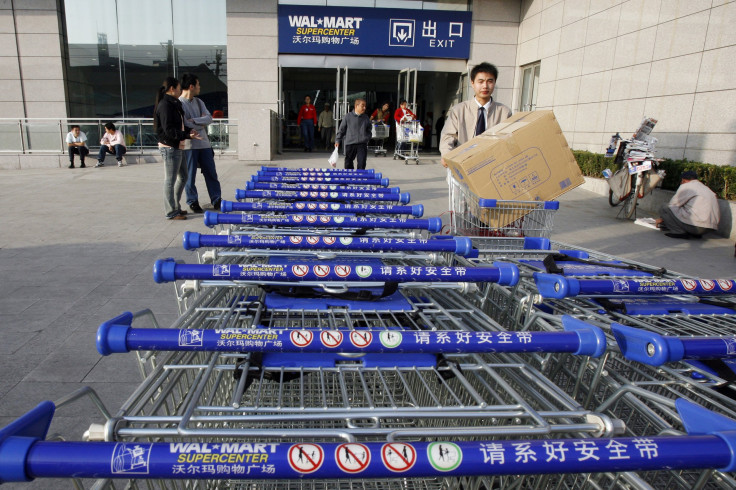Wal-Mart Stores (WMT) May Be Smart To Buy Chinese Supermarket ParknShop

Frozen alligators, squirming frogs and crates of hog snouts certainly distinguish Wal-Mart Stores Inc.’s (NYSE:WMT) Chinese supermarkets from those in the U.S., but – local fare aside – the world’s biggest retailer has only managed to whet China’s whistle.
As fresh bids roll in for ParknShop, the Hutchison Whampoa Limited-owned (HKG:0013) grocery chain valued at $4 billion, Wal-Mart would be wise to make an offer.
The Arkansas company is already investing 500 million yuan, or $80 million, to remodel 50 of its roughly 380 stores in China, many of which – with their bright lighting and impeccably clean floors and displays -- are seen as fancy or high-end grocery options.
Yet, it trails native giants. The big two food wholesalers have been ParknShop, owned by Asia’s richest man, Li Ka-shing, and Hong Kong-based Wellcome.
In third place, with 7 percent of the market share, is China Resources Enterprise, Ltd., which has offered between $3 billion and $4 billion for the chain, the Financial Times reported on Wednesday.
Despite adapting to the local fare, offering food that would seem strange in a U.S. version of the U.S., Wal-Mart has failed to compete the way it does in its own native market.
How can it solve that? Buying ParknShop, which, in Hong Kong alone, has nearly 40 percent of the market share, according to market researchers at AC Nielsen.
The company was reportedly weighing a bid earlier this month.
“That’s the way they’ve entered most of these countries, instead of building out organically they make an acquisition,” John Lawrence, an analyst at Stephens, Inc., told International Business Times.
Wal-Mart has operated in China since 1996, and sales rose slightly in the second quarter, even as they fell in Canada, Mexico, Japan and the U.S.
But suitors are stacking up. Already, Japan’s Aeon Co. Ltd. (TYO:8267) and Britain’s Tesco PLC (LON:TSCO) have emerged as potential buyers.
© Copyright IBTimes 2025. All rights reserved.






















